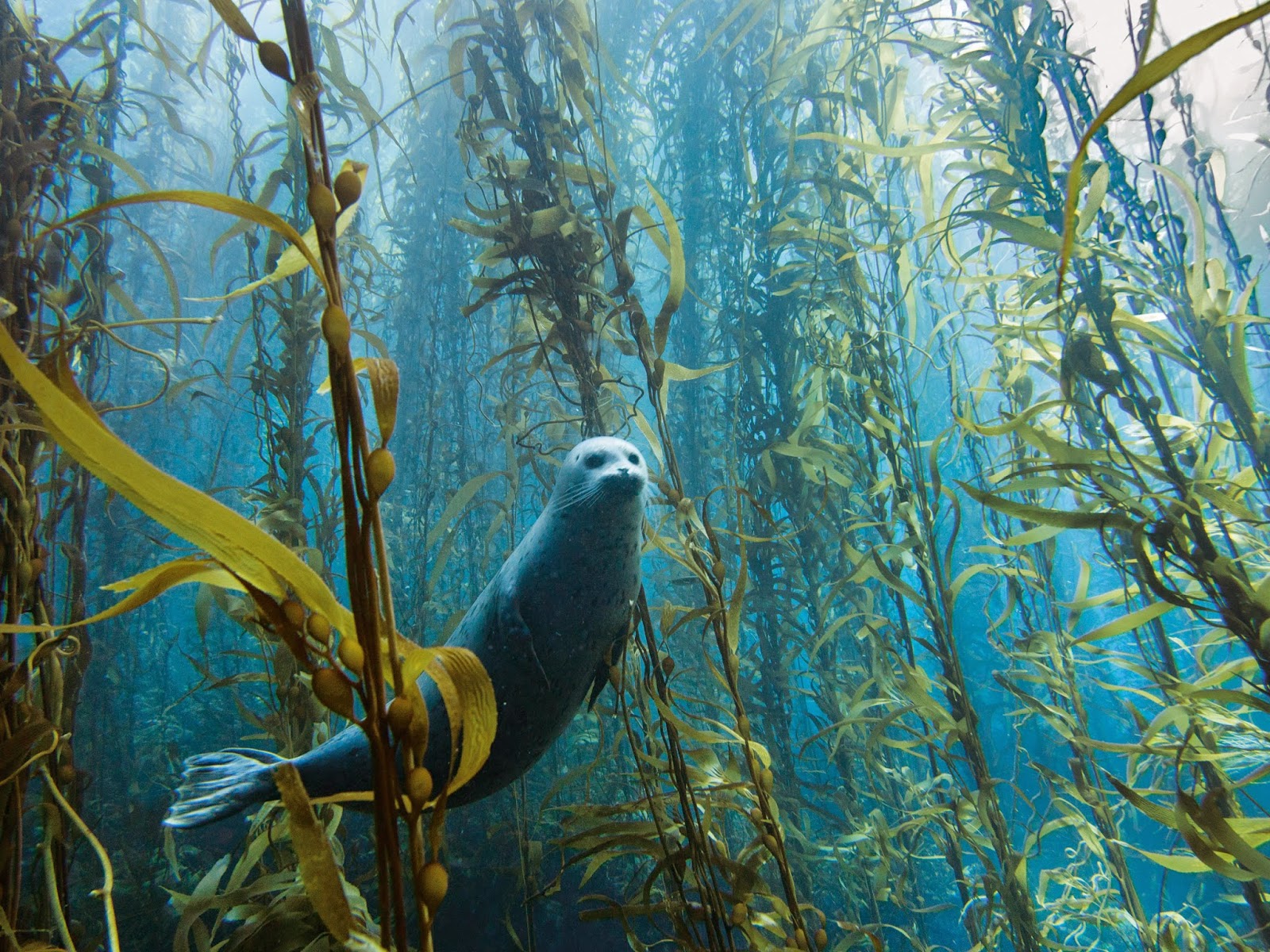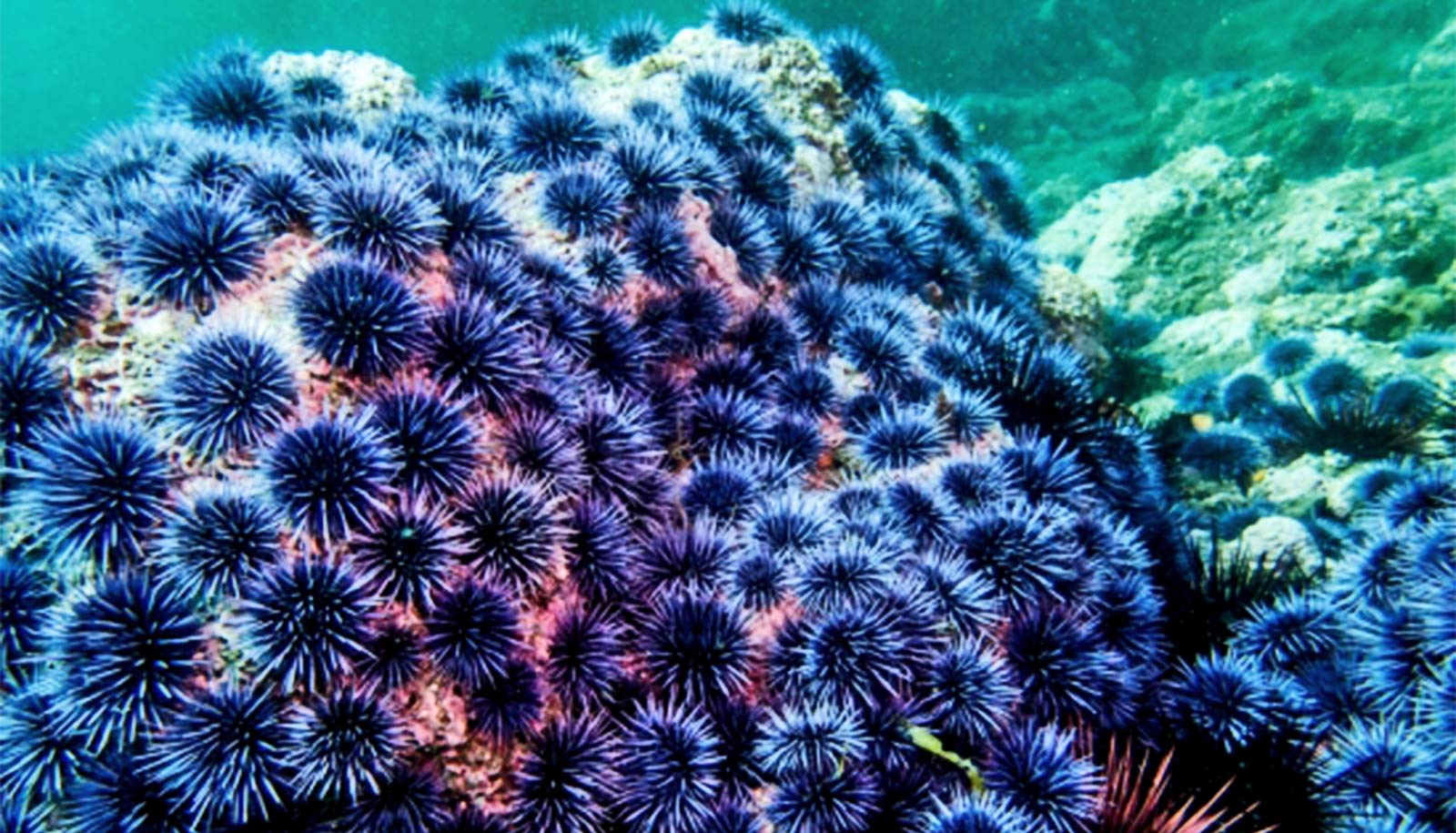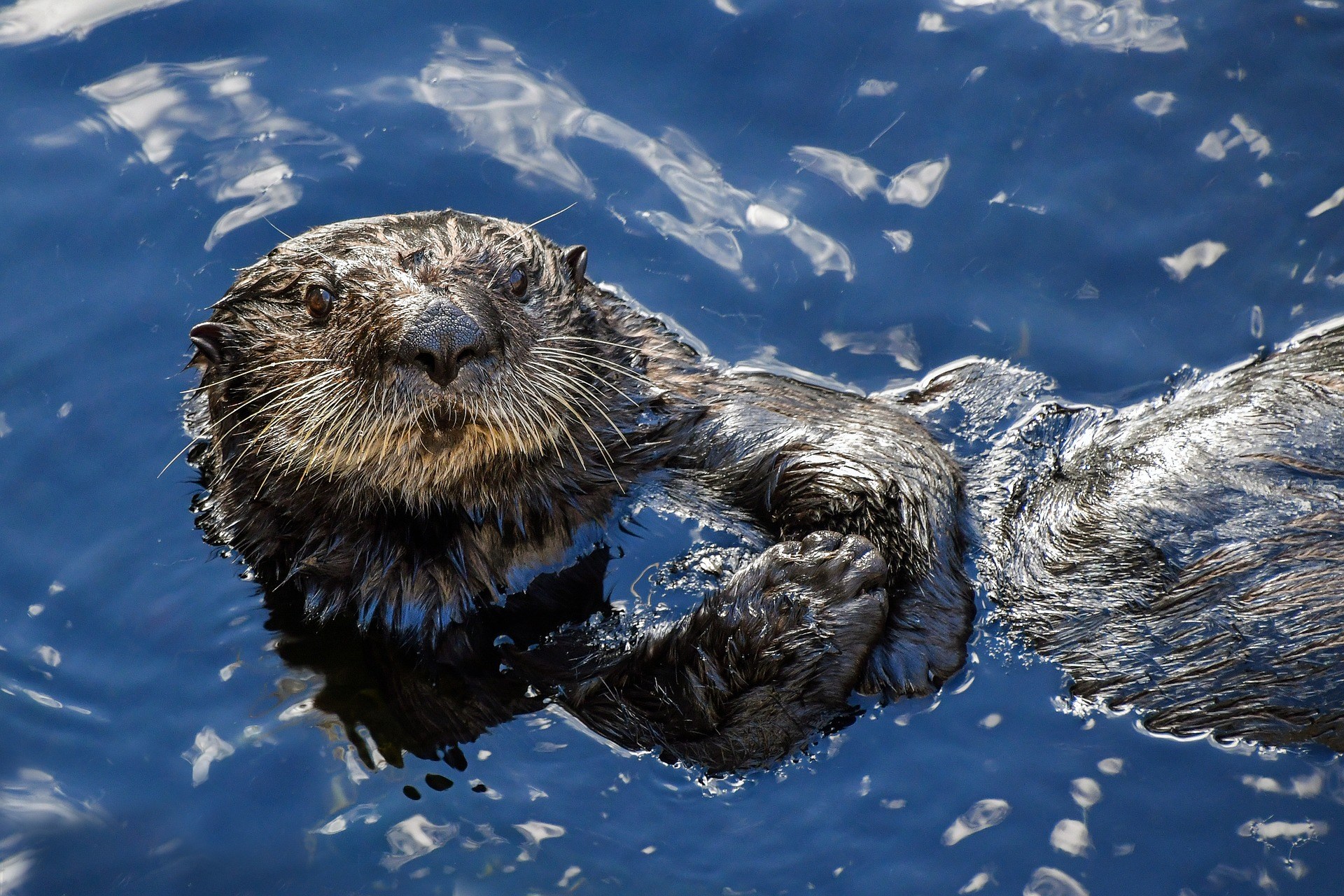
Trees Beneath the Ocean: The Way Kelp Forests Grow Taller
Whenever you believe of woods, gigantic, swaying stands of kelp probably are not first thing come into mind. Even though kelp isn’t technically a shrub, boffins predict large beams”kelp forests” because they shape dense groupings, tower over the sea ground, and execute lots of the exact purposes that conventional woods do. Plus so they’re not as essential — or endangered — compared to their terrestrial counterparts.
Therefore precisely what is kelp?
The brief answer? An assortment of sea weed. Large brownish algae which live in trendy, relatively shallow waters near the shore. They supply homes and nourishment for biodiversity exactly like terrestrial woods.
And just how can it grow?
Reliant on light for photosynthesis, kelp grow together rugged coastlines at depths varying from 6 to 90+ ft. Tiered such as a temperate woods with a canopy and lots of layers below, kelp forests do most useful at chilly, weatherproof upwellings (areas at which the sea layers , bringing trendy, wholesome bottom waters into the top ). And like trees, they still have rootlike”anchors” called holdfasts which stop them from drifting away. But like trees, even their”origins” do not float deep beneath the top, but instead grip tightly on the sea floor.
Kept afloat by pneumatocysts (petrol bladders), kelp grow immediately ahead of the sea’s surface — when we state immediately, we mean ! Even though their normal increase speed is approximately 10 inches every time, giant kelp can grow around 2 feet in ideal states. Bull kelp, still another frequent selection, develops 4 inches each day — that remains pretty impressive if you ask !
An recurrent, Giant Kelp could endure for upto 7 years if it’s not uprooted by a storm or devoured by starving sea-dwelling herbivores. Bull kelp, a yearly, undergoes its whole lifecycle in only 12 months, but have a two-stage growth trajectory.
Initially, they exist because spores, published by the countless with their own parent kelp, sporophytes. These spores grow into miniature man or woman gametophytes, that may produce either eggs or sperm. After fertilization does occur, these freefloating embryos quickly hold the sea floor and become adult plants.

Home-sweet-home
Providing shelter and food to tens of thousands of marine mammals which range from shell fish to gray snakes, they are incredibly essential to sea eco systems. On rare occasions, even gray snakes have been seen hunting refuge from Allied killer whales.
Some species utilize them spawning grounds, yet many others stay to improve their young from the comparative safety there. We state comparative, as creatures and other marine mammals search from the long corridors which sort between rows of human plants.

Trouble in heaven
Comprehending that kelp can grow upto 2 feet daily, it might seem that they’re virtually indestructible. But regrettably, this is not true with this particular unbelievable underground eco system. Even though heating sea waters have a toll (and certainly will keep doing this when climate change continues unchecked), it is the dang sea-urchins which are doing some on these. Watch, like you love sea urchins LOVE kelp and can eat through an whole woods right away.
And regrettably, once the previous kelp strand was cut , sizable herds of sea-urchins answer the worries of starvation by becoming growing and growing larger, better teeth. These brand new teeth let them crunch through virtually anything in their course, which just compounds their damaging impact. And when you’ve progressed to the aspect, there is virtually no prospect of kelp finding its way straight back again.
An amazing occurrence of marine ecology,”urchin barrens” occur when their inhabitants grow to such outstanding densities that plant on the full sea floor is annihilated, abandoning a environmental wasteland. Regrettably, once recognized urchin barrens will last forever.

Can there be hope?
It is different. While there’s very little expectation for kelp forests which have been already annihilated and changed to urchin barrens — or even for the ones that rise in fast warming seas — scientists are exploring and trying out unique strategies to help for a while. And that which they will have discovered is the sea otters would be to kelp woods what wolves would be to Yellowstone.
Of course when left alone, they are going to gladly maintain the urchins in balance. Nevertheless once they fall, urchin populations burst. Because of this, sea otters can be known as a keystone species (similar into the rock on peak of a arch which averts one additional stone out of falling , keystone species stop the collapse of entire eco systems ) in neighboring woods. Still another species which wants to float on sea-urchins? Rock lobsters.
So there you have it everything that you did not know you had to know about kelp woods! The second time you stop by the shore, look out — if you are lucky, then you could just put their feature tendrils rocking slowly together with all the tides.